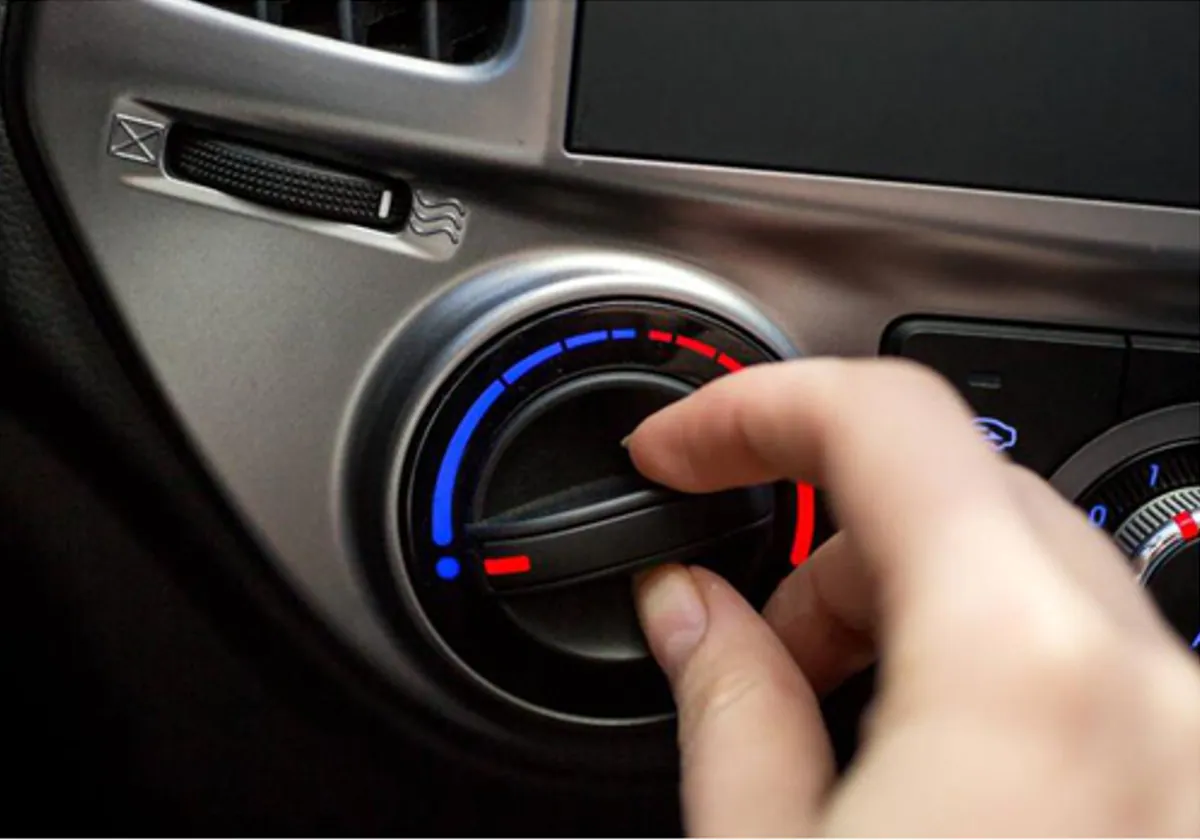The new guidelines to declare CO2 in the EU could be a blow to the capitalization of brands
Spanish society has no in-depth knowledge of pollution. 82.9% say they are “very aware” of CO2 emissions in transport, but only a third are clear about what net emissions mean. These are the latest results of the research into the perception of
new mobility technologies in transport, prepared by the consultancy GAD3, known for its election polls.
The conclusion is not favourable, as it shows that there is still a significant proportion of the population (32%) who are not well acquainted with the new modes of propulsion. According to them, this has led to a delay in the decision to purchase a vehicle (48.8%), impacting a slower renewal of the mobile fleet — according to the latest data from the National Association of Manufacturers,
the current average is 13.8 years— and in a slowdown in the decarbonisation process, the target the European Parliament is aiming for by the year 2050.
87.1% of Spaniards
think CO2 is toxic, which according to GAD3 “exposes the lack of knowledge of the population”. Carbon dioxide is a gas that is not harmful to humans, it is simply not useful to the body as it takes up the space of oxygen and makes it harder to breathe.
The really harmful emissions are those of nitrogen oxides (NOx), mainly caused by old diesel engines, and those of particulate matter, the product of filters in poor condition and the simple fact of driving even with an electric car. In the survey, 43% and 49% of the population, respectively, did not know
the harmful effect on health.
However, CO2 is associated with global warming and the aim is to reduce it, for example by fines for manufacturers who exceed the threshold of 95 grams per kilometre.
More than half of the population does not know that the only thing that is counted by the manufacturers in terms of carbon is what is emitted through the tailpipe. This will no longer be the case from next year.
The European Union introduces
from 2023 the obligation for financial entities to declare their indirect emissions, with the aim of discouraging investment in carbon-intensive industries. This, in the words of the environmental organization Transport and Environment (T&E), “is a ticking time bomb for the auto industry.”
According to the association’s estimates, 98% of manufacturers’ emissions come precisely from the use of their cars – what the EU would consider “indirect” as the emissions generated in the industrial process are direct. However, they claim that the builders start from
an erroneous basis in your calculations and that the actual emissions are much higher than the stated emissions, something that could become ‘the next big car scandal’.
To arrive at their results, manufacturers use information such as the size of their vehicles, where they are driven, or the lifespan of their models. For example, Toyota takes its vehicles into account
they only circulate 100,000 km. At the other extreme, Stellantis uses 240,000 km, while Mercedes-Benz, Volkswagen or the Hyundai Group count on around 200,000 km.
According to the International Council on Clean Transport (ICCT), the emissions recorded in the WLTP homologation – which came into effect in 2021 to more accurately reflect real driving conditions – are 14% more favorable than the real ones.
One of the problems that manufacturers face is that they have different restrictions in the regions. While an American buyer wants a pickup with a V8 engine, they couldn’t sell it in Europe. So, T&E has taken
emission averages (based on 2020 figures) from each manufacturer, aggregating them into a table.
According to the brands themselves, their cars emit an average of 45 tons of CO2 over their lifetime, but this is 51% more optimistic than the organisation’s calculations, which estimate the minimum at 68 tons of CO2.
Much of the presentation of the GAD3 study involved bringing the
alternative means of propulsion to the students of the Polytechnic University of Madrid. Although the electric car is already a reality, barely a third of the population is familiar with engines such as hydrogen, gas or synthetic fuels.
In her presentation on the latter, Repsol’s Product Design Manager,
Dolores Cardenas, talked about the possibility of using advanced biofuels as an alternative to reduce emissions from the combustion fleet. According to the oil company, these could save up to 90% CO2. Work is also underway on refineries for synthetic fuels that would have the capacity to recover 10% of CO2 emissions.
The development of this technology would be crucial to ensure the existence of thermal motors after 2035. However, no refinery for this type of fuel has yet been built — the first is estimated to arrive in 2025 — and T&E estimates that
production of 2035 It will only be enough for 2% of Europe’s mobile fleet, ie five million cars.
Source: La Verdad
I am Ida Scott, a journalist and content author with a passion for uncovering the truth. I have been writing professionally for Today Times Live since 2020 and specialize in political news. My career began when I was just 17; I had already developed a knack for research and an eye for detail which made me stand out from my peers.



